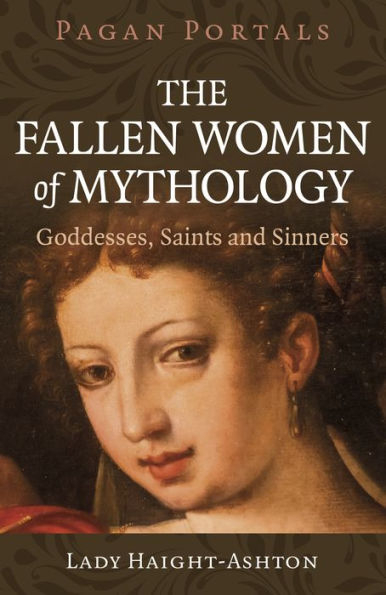The overall theme of this book is to restore the dignity of women, saints, witches and goddesses who have been ill-used and maligned by the patriarchal establishment. In male-dominated societies the ideal is for women to be dutiful and subservient in exchange for safety and acceptance. A woman who craves independence or doesn’t follow strict religious or social rules is labeled as “fallen.”
Haight-Ashton generates an impressive list of historical women and goddesses for consideration. While it is evident that a great deal of effort has been put into writing the manuscript, the reader immediately encounters a bevy of editorial issues including typos, random and improper punctuation, egregious capitalization, sentence fragments, and inconsistent usages. The textual problems continue with repetitive descriptions of women as “sinful” or “sinners”. A red flag went up at Chapter 2's title, “Biblical Whores.”And for future reference, the word Bible is a proper name and should be capitalized, while biblical is an adjective and lower-case.
The author often fails to differentiate when a woman was considered a sinner because of violating religious laws, immoral because of violating societal norms, or a woman who held power and authority and was subsequently denigrated by later male historians. As the phrase “sinful and fallen” is repeated so many times, it gives the impression that the author is condemning these women herself (which one must suppose is unintentional). There are issues of taste and sensitivity. The list of victims of the Salem witch trials are a horrible recitation that is so lengthy that it becomes fear porn. The author ends this section with the sentence “Many fallen women who were completely innocent were finally redeemed!” If they were innocent, then they weren’t “fallen women.” Some entries suffer from scant research, wild claims and blanket generalizations that lack documentation.
While the author is self-described as a priestess, the text slants heavily toward Catholicism with long lists of saints and biblical personages supplemented with Bible quotations. There is a great deal of speculation in both categories, in part because their lives are unsupported by solid primary resources. Some of the women who could have benefited from extensive research into the masses of available documents like Marie Laveau, Maria Duplessis, and Lucrezia Borgia, are given superficial treatment. Inaccurate statements and descriptions further denigrate these ladies, although again, one is sure that this wasn’t the author’s intent.
It is clear what the author was attempting to achieve with this manuscript. Rehabilitating historical women with reputations damaged by misogynistic historians is a worthwhile goal. The lack of strong editorial guidance weakened the final product; this manuscript was not ready to be published. The .pdf sent for review has 66 editorial notes and could have had many many more had patience not run from the house screaming. The book has all of the content of a proper text and includes a foreword, preface, introduction, epilogue, and references. The reference citations fail to follow AP or Chicago editorial guidelines. The text would have benefited from illustrations and collaboration with a capable pagan artist.
~review by Elizabeth Hazel
Lady Haight-Ashton
Moon Books, 2024
115 pg. Paperback $12.95, Kindle $6.99

